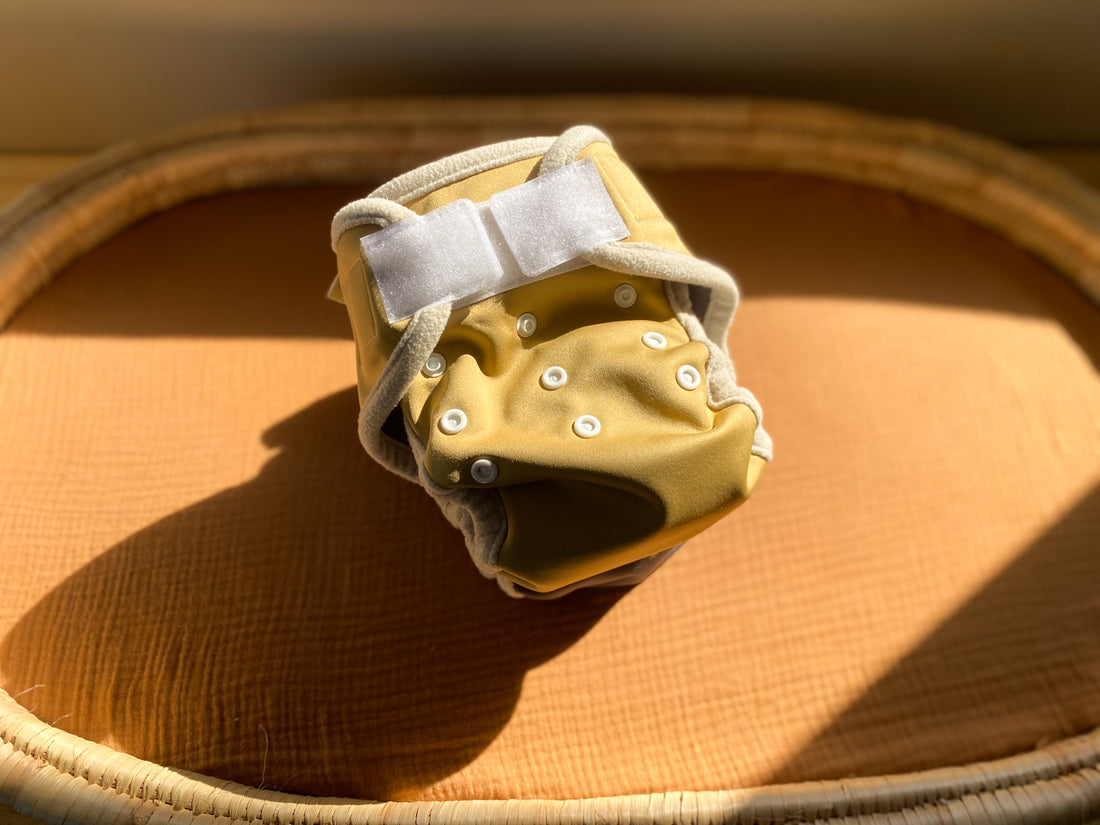
The Benefits of Cloth Nappies in Winter
Share

Winter is here, and while the chill might have you reaching for the warmest gear for your little one, don't overlook the importance of their nappies. Cloth nappies offer a host of benefits that make them particularly advantageous over disposable nappies during the colder months. From enhanced comfort and warmth to improved skin health and practical usage solutions, cloth nappies are a winter essential for your baby. In this article, we'll explore the top reasons why cloth nappies are the superior choice for keeping your baby cozy, comfortable, and healthy all winter long. Read on to discover how these breathable and effective nappies can make life better for your baby this winter.
- Enhanced Comfort and Warmth
- Natural Insulation: Cloth nappies are made from fabrics that provide natural insulation, keeping your baby warmer compared to the synthetic materials in disposables.
- Softness: Cloth nappy fabrics are typically softer and more comfortable against your baby’s skin, which is particularly important during winter when skin can be more sensitive and prone to irritation.
- Skin Health and Moisture Control
- Breathability: Cloth nappies allow for much better air circulation, reducing the likelihood of nappy rash, which can be exacerbated by the cold, dry winter air.
- Materials: Cloth nappies contain fewer chemicals and irritants compared to disposables, making them gentler on sensitive winter skin.
- Practical Winter Usage
- Adjustable Absorbency: Cloth nappies come with inserts and boosters that can be customized for extra absorbency during long winter nights when nappy changes might be less frequent.
- Fleece-Bound Nappy Covers: A nappy cover that has a fleece edging is the most comfortable and can contribute to warmth in winter.
- Efficient Laundry Solutions
- Quick-Drying Options: Opting for nappies like Flats in areas that experience wet winters is a great solution, as flats are a single layer of fabric that dry within hours, regardless of the weather.
- Stock Up: It's wise to stock up on a few more cloth nappies in the winter months to accommodate potential longer drying times, especially with night nappies. Alternate your Siesta night nappies with Flats.
- Indoor Drying: Cloth nappies can be dried indoors using drying racks. A spindle is a very useful product that speeds up drying.
- Tumble Dryer Friendly: Cloth nappies are tumble dryer friendly on a low heat—just avoid drying nappy covers this way.
- Quick-Drying Fabrics: Designed to dry quickly, even indoors, cloth nappies make laundry manageable despite winter conditions.
Click here to learn more about how to wash your cloth nappies.
- Temperature Regulation
- Consistent Warmth: Cloth nappies help to maintain a consistent temperature, preventing your baby from getting too cold or too hot, which can be a concern with the plastic components of disposable nappies.
- Fleece Liners: Adding fleece liners to cloth nappies can help wick moisture away from the baby’s skin, keeping them dry and warm.
- Improved Skin Protection
- Dry Skin Prevention: Cloth nappies can help prevent the dry skin associated with winter weather by providing a barrier that keeps the skin more hydrated compared to the moisture-wicking properties of disposables.
- Avoiding Overheating: Cloth nappies allow for better ventilation, reducing the risk of overheating, which can sometimes happen with the less breathable plastic of disposables.

